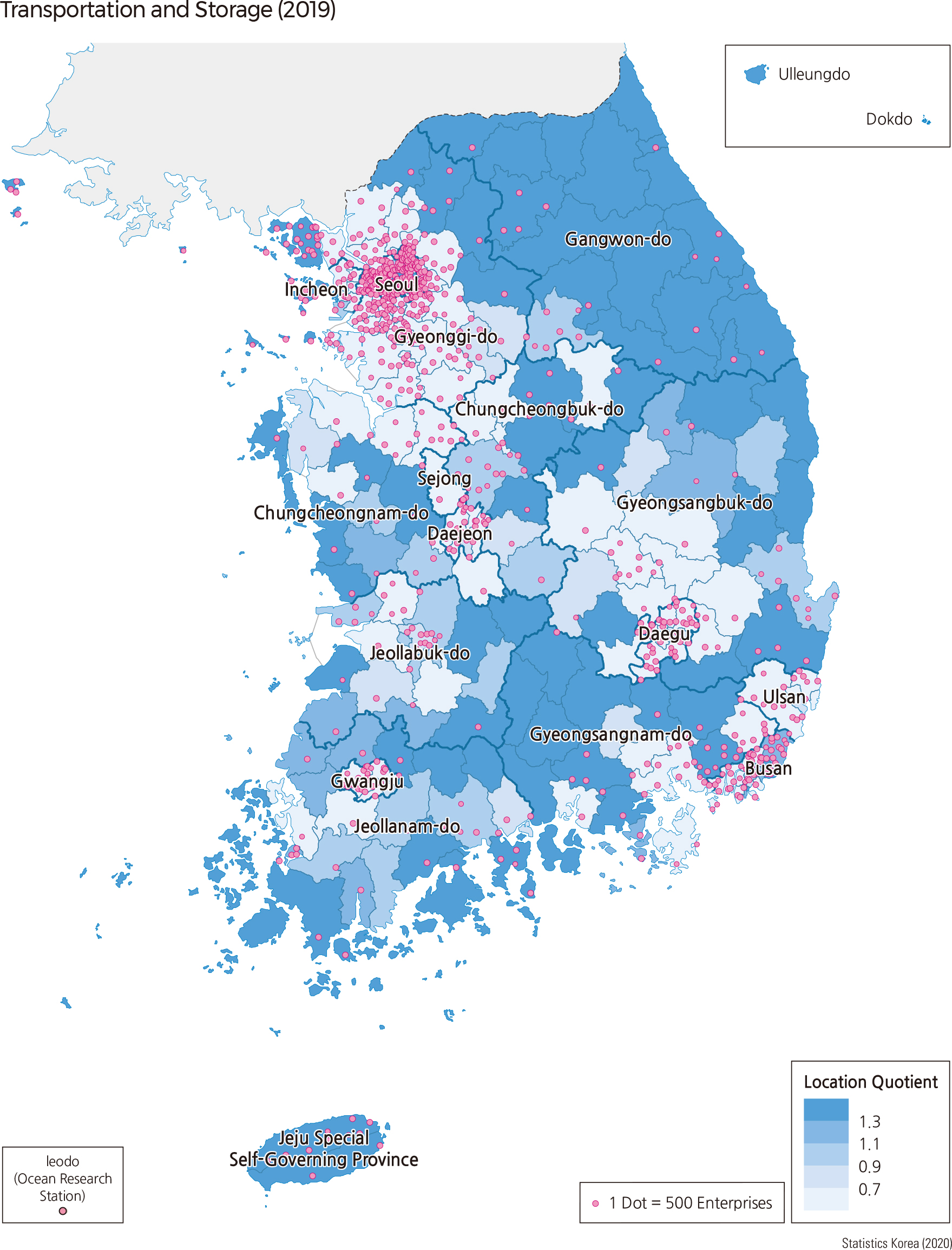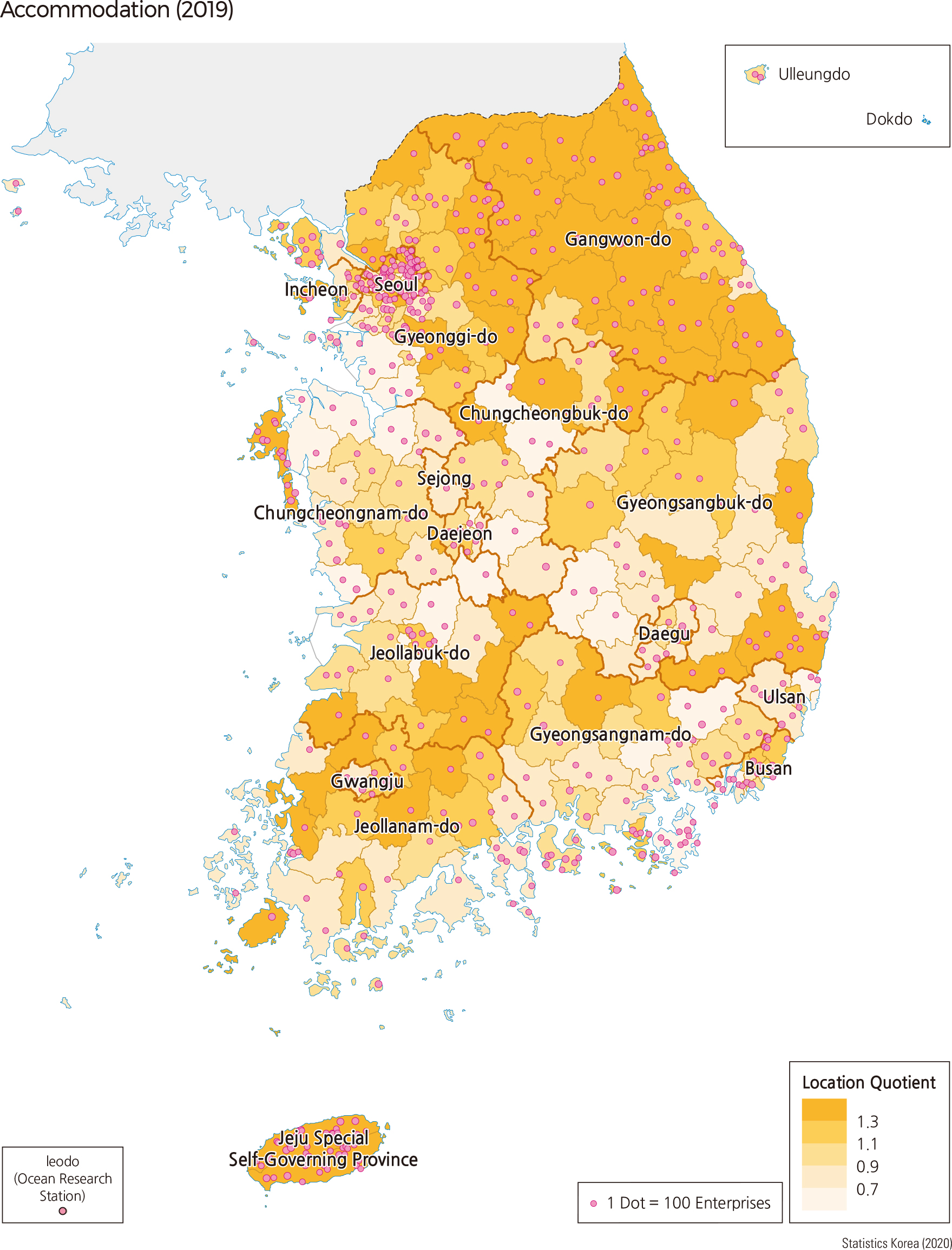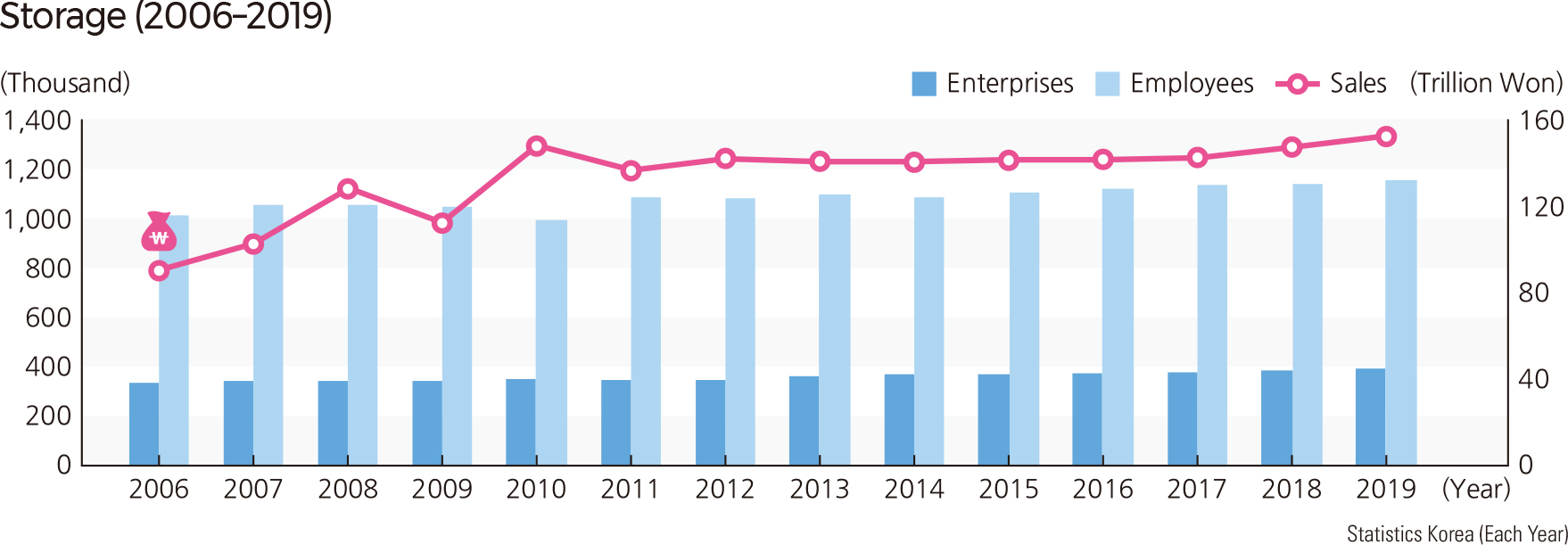English III 2021
The service industry can be divided into consumer services directly to consumers and producer services for businesses’ production activities. Consumer services include retail, food, lodging, tourism, and mostly individual services. Producer services include marketing, survey, research and development, advertising, accounting, consulting, finance, insurance and real estate, leasing, and others. Among producer services, finance, insurance, and real estate are called FIRE industries, based on the initials of those businesses. In 2019, about 198,000 FIRE industry establishments hired 1.1 million employees and produced 775 billion US dollars in total sales. Although FIRE industries do not actively create finished products or construct new buildings, they support industries that do. Unlike consumer services that tend to be located near consumers, business services are located near the businesses they serve, especially where the information is readily available. The finance service industry, excluding the insurance and annuity service industries, encompasses a broad range of businesses that manage funds. This industry tends to be concentrated in the six greater metropolitan areas, including Seoul, with a rather active flow of capital. Insurance services raise funds to provide risk management services to hedge against the uncertainty risk of short or long-term losses of life or property. Annuity services create and manage guaranteed retirement funds or post-retirement income funds. Mutual benefit associations for individuals or groups and pension deduction companies are in this category. Insurance and annuity service industries have a relatively higher urban concentration than finance services. The real estate industry involves managing, renting, purchasing, and selling owned or leased buildings, land, and other real estates (excluding cemetery lots). The real estate industry constitutes the highest proportion of the FIRE industries and tends to be concentrated in large metropolitan areas where population movement is most active.
|



